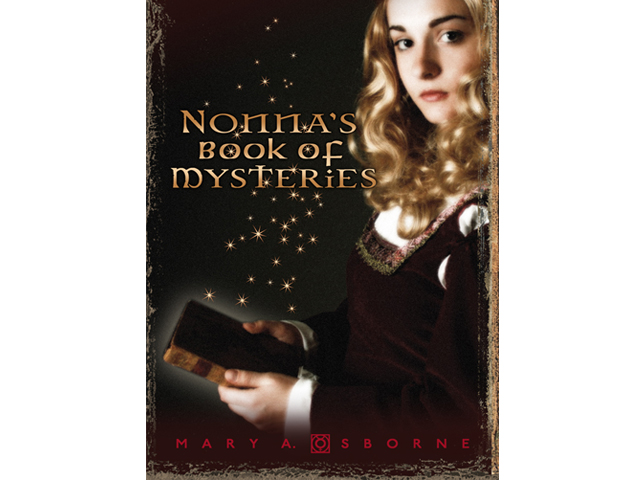
Mary Osborne’s Guest Blog in English follows this intro: Sono molto contenta di farvi conoscere la mia amica Mary Osborne e parlarvi del suo libro “Nonna’s Book of Mysteries”. Mary ed io siamo coetanei e abbiamo frequentato la stessa università nel midwest a Galesburg in Illinois. Mary si è laureata in chimica ed io nella storia dell’arte, ed anche se le nostre strade non si sono incrociate spesso, Knox College è una piccola università e tutti noi ci conoscevamo. Immaginate la mia sorpresa di ritrovare Mary recentemente su Facebook e scoprire che lei ha scritto un libro che si svolge a Firenze nell’epoca del rinascimento! Le ho scritto subito per ravvivare la nostra amicizia e per sapere più della sua storia.
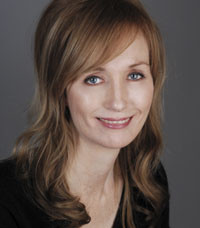
I am very happy to introduce you to my friend Mary Osborne and talk about her book “Nonna’s Book of Mysteries”. Mary and I are contemporaries and we attended the same college in the midwest in Galesburg Illinois. Mary graduated with a degree in chemistry and I with a degree in Art History, and even though our paths didn’t often cross, Knox College is a small school and we all knew each other. Imagine my surprise when I found Mary recently on FB and discovered that she had written a book that takes place in Florence at the time of the Renaissance. I wrote to her immediately to renew our friendship and to know more about her book.
Non vedevo l’ora di leggere “Nonna’s Book of Mysteries” e proprio ieri ho finito l’ultima pagina del libro e l’ho trovato incantevole. Anche se la storia è scritta per affascinare le giovane ragazze, è anche ben adatta per chiunque sia interessato di sapere più di Firenze all’epoca di Cosimo de Medici. Mary racconta la storia di una giovane ragazza e il suo desiderio di dipingere in una città frequentato dai pittori famosi come Masaccio, Donatello, Fra Filippo Lippi e Botticelli. La storia di Emilia tracce anche la storia delle donne invisibile – quelle donne che dipingevano a Firenze ma non sono ricevute un riferimento nella storia. La storia è ricca dei dettagli e contiene approfondimenti storici che fanno la storia “cantare” con autenticità e che deliziano il lettore. Anche se Mary è un principiante quando si tratta della lingua italiana, in un modo molto abile, lei cosparge parole e frasi italiane nel suo testo. Sul retro del libro c’è anche un glossario delle parole italiane usate nella storia.
I couldn’t wait to read Nonna’s Book of Mysteries and just yesterday I finished the last page of the book which I found charming. Even though the story is geared toward an audience of young teenage girls, it is also quite enjoyable for those of all ages interested in learning more about Florence in the time of Cosimo de Medici. Mary tells a story of a young girl – Emilia and her desire to paint in a city that belonged to famous and innovative artists, the likes of Masaccio, Donatello, Fra Filippo Lippi and Botticelli. The story of Mary’s heroine follows that of other “invisible women” – those women that painted in Florence but never receive a reference in the annals of history. The story is rich in details and contains historical insights that make the story sing with authenticity and which continually delight the reader. Mary may be a beginner when it comes to the Italian language, but she adeptly sprinkles her English prose with Italian words and phrases. In the back of the book there is even a glossary of the Italians words she uses.
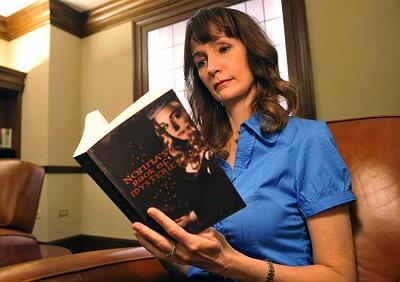
Brava Mary! Se avessi avuto una storia come questa all’eta di quindici anni, sicuramente avrei scoperto l’italia molto più prima di quello che l’ho fatto! Non vedo l’ora di leggere il prossimo libro che stai scrivendo — “Alchemy’s Daughter” che sta per uscire nel 2014. Per piacere, tenerci aggiornati!
Brava Mary! If I had had a story like this at the age of 15 to read, surely I would have discovered Italy much sooner than I did. I can’t wait to read the next book you are writing “Alchemy’s Daughter that will come out in 2014. Please keep us updated.
p.s. Mary mi ha fatto sorridere quando ho letto nella bibliografia di “Nonna’s Book of Mysteries” che ha usato per un riferimento “The History of Italian Renaissance Art: Painting, Sculpture, Architecture” di Frederick Hartt, un libro che noi abbiamo usato tutti nelle lezioni di Professore Goudie a Knox College! Che meraviglia! Che buoni tempi passati nell’aula della storia dell’arte a college!
p.s. Mary made me smile when I read in the bibliography for Nonna’s Book of Mysteries that she had used The History of Italian Renaissance Art by Frederick Hartt, a book we all used for Professor Goudie’s Art History lessons. What a wonder! What great times spent in the Art History lecture room.
Guest Blog di Mary – Vi presento Mary Osborne è il suo libro “Nonna’s Book of Mysteries”:
Ciao Melissa and Italophiles!
What a wonderful surprise it was to discover Melissa and her Italian language blog years after we both attended Knox College together.
Connections reappear, expand, and multiply in mysterious ways as life goes on. My fascination with Italy began back at Knox. I was not an Art History major like Melissa, I was a chemistry major who became a registered nurse and eventually a writer. However, I did take a Renaissance Art History class while at Knox. While I didn’t think twice about reselling my chemistry textbooks after graduating, I was never able to part with Frederick Hartt’s heavy tome entitled The History of Renaissance Art.
I first visited Italy in 1995. It was love at first sight, and I was thrilled to see many original versions of the works I had read about in college. When I returned to Florence in 2001, the pieces of my Alchemy Series started to come together. Much of Firenze remains unchanged after five hundred years, so it was easy to envision life at that time. A day trip to the nearby walled village of Certaldo brought me to the home of Giovanni Boccaccio, the medieval author of The Decameron. As I stood in the room where Boccaccio once wrote, I felt as though I had found my muse!
Back home, I began reading Boccaccio’s tales as I started working on Nonna’s Book of Mysteries, which is set in Florence, and Alchemy’s Daughter, which is set in San Gimignano (and is slated for release in the spring of 2014.) As I worked, I imagined myself writing from a medieval villa overlooking the Tuscan countryside although I was actually in Chicago, in my third-floor office with a glimpse of Wrigley Field in the distance.
I hope to return to Italy, join one of Melissa’s tours, and learn more Italian before too long. I’m sorry to be writing this post in English, but I only speak fluent Italian in my imagination at this point. By the way, on my alchemy website, MysticFiction.com under the books tab, you can find a map of Florence showing the various places visited by the main character of Nonna’s. Please also feel free to visit me at MaryAOsborne.com.
(Another article about Mary you might find interesting: Mary Osborne: The Magic of Girl Power: Chicago Lit!
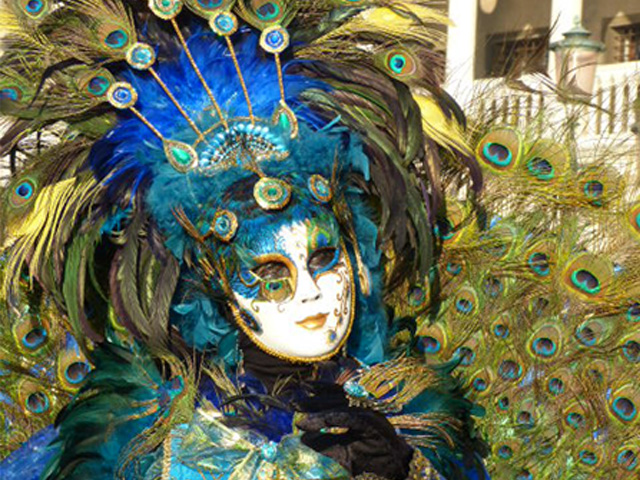
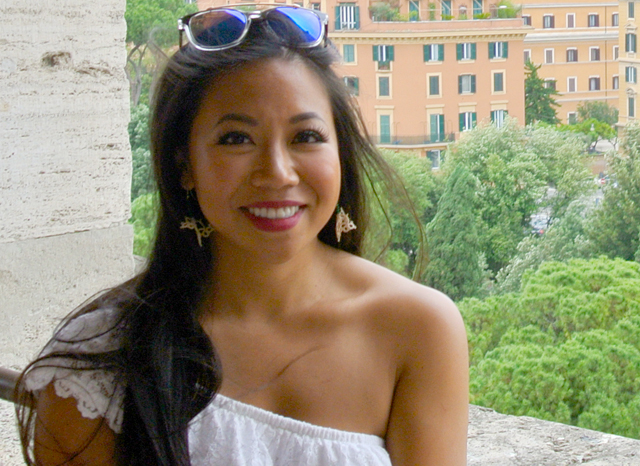
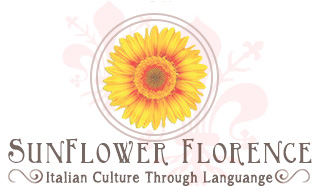
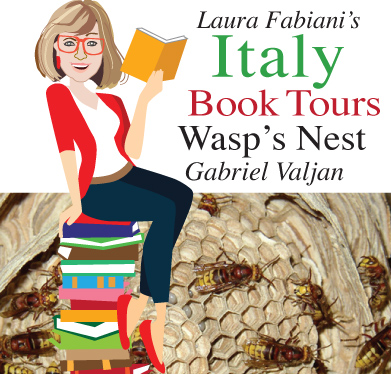
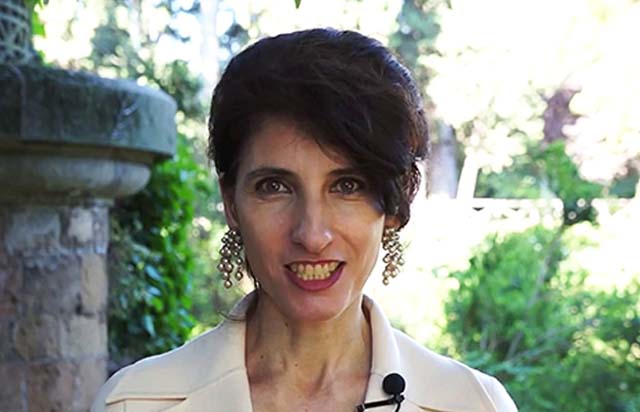
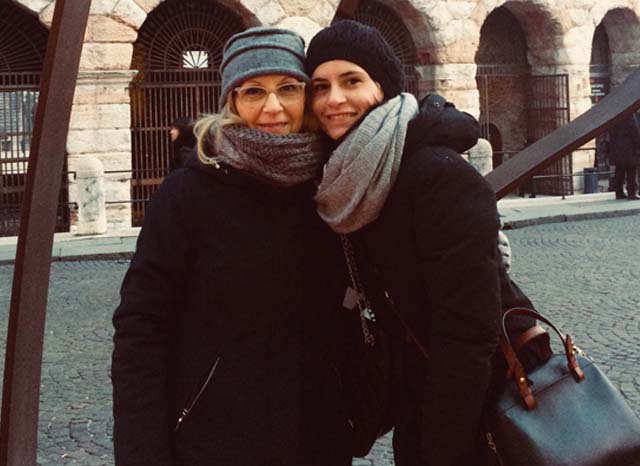





Si,la vita è piena di sorprese.Io ho appena finito “Uomini che odiano le donne” di Stieg Larsson.Mi ha spinto a leggerlo il tuo articolo su questo libro.Grazie Melissa!
Così tanti libri e così poco tempo; adesso vado a leggere la quarta di copertina 🙂